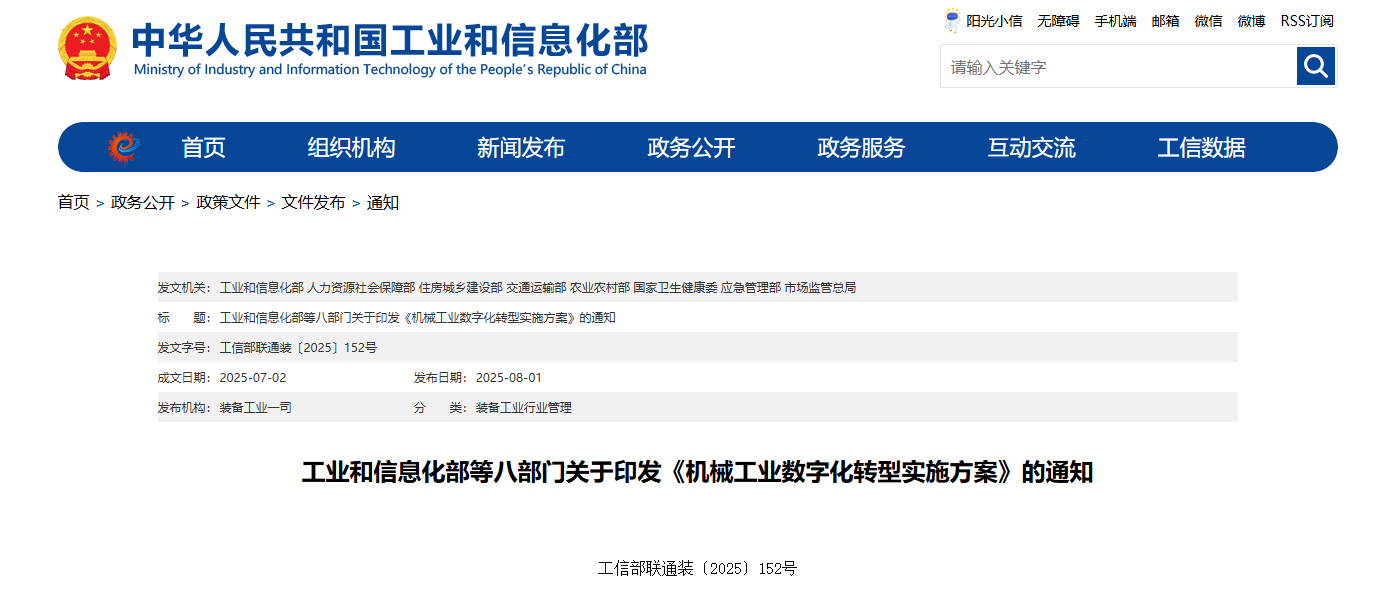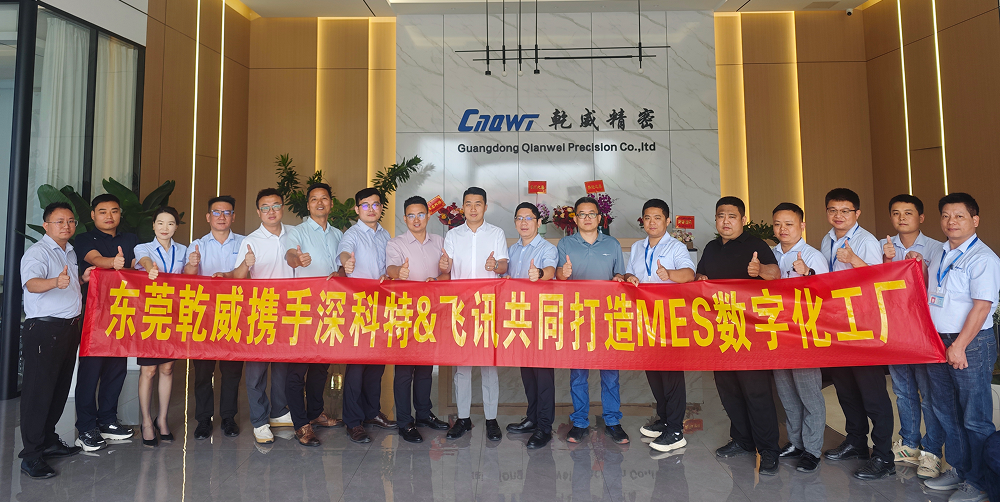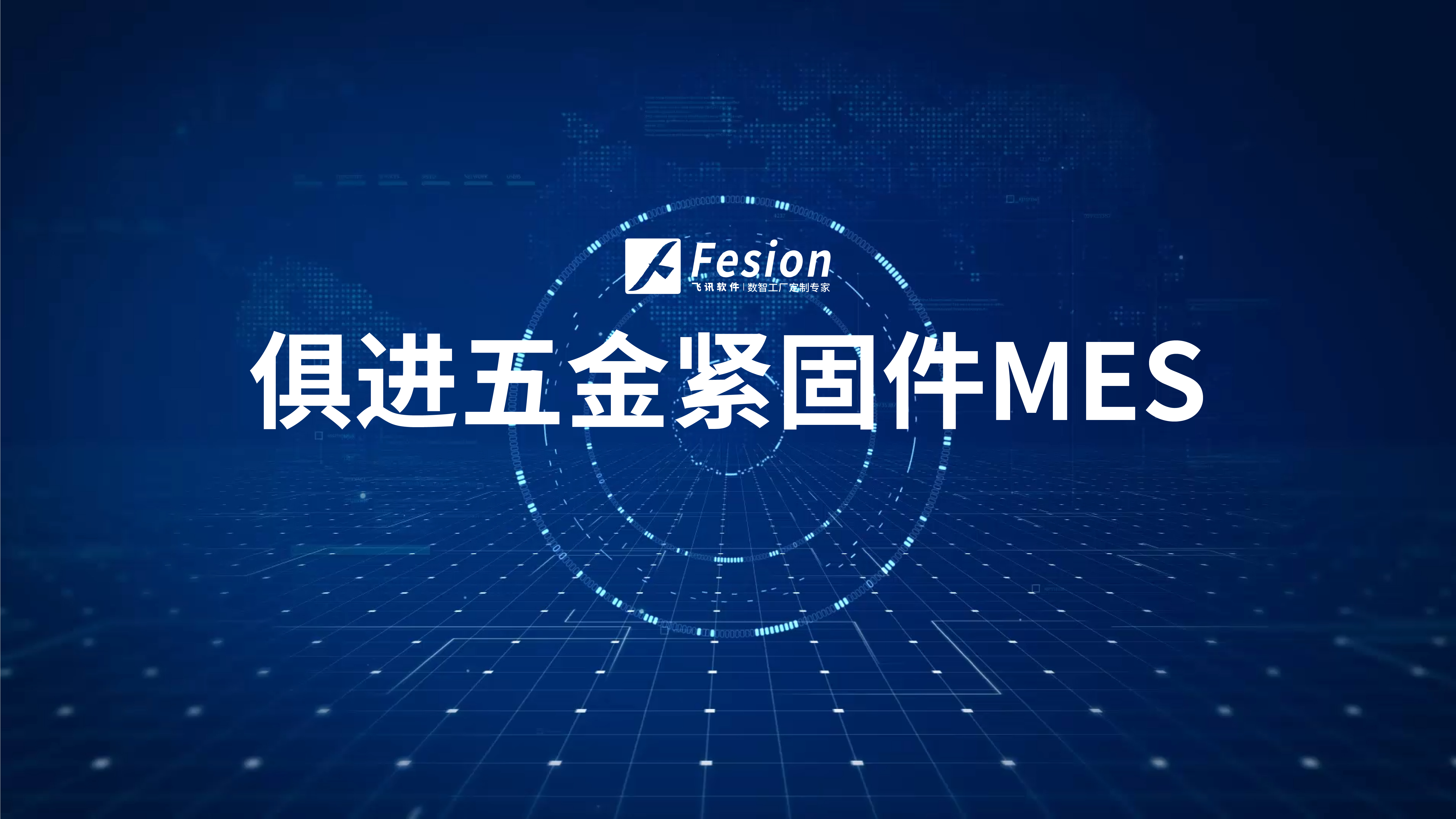提高机电设备生产效率的排产方案

Title: Enhancing Production Efficiency of Electromechanical Equipment through Advanced Scheduling Techniques
Introduction:
In today's highly competitive market, optimizing production efficiency has become crucial for the success and sustainability of any manufacturing industry. The effective scheduling of production tasks is an essential component in achieving this goal, especially in the realm of electromechanical equipment. In this article, we will explore various perspectives on how to improve production efficiency through advanced scheduling techniques, aiming to maximize productivity and minimize costs.
1. Lean Manufacturing and Just-in-Time (JIT) Principles:
Implementing lean manufacturing principles can greatly enhance production efficiency. By adopting JIT practices, companies can minimize inventory buildup, reduce lead times, and streamline the production process. This approach allows for faster response times, reduces waste, and ensures that resources are allocated optimally.
2. Advanced Scheduling Algorithms:
Utilizing advanced scheduling algorithms can significantly improve the efficiency of production processes. Techniques such as finite capacity scheduling, genetic algorithms, and mathematical optimization models offer real-time adjustments, taking into account resource availability, machine capabilities, and order priorities. These algorithms help prevent bottlenecks, balance workloads, and optimize production sequences, ultimately increasing overall productivity.
3. Automation and Robotics:
Incorporating automation and robotics into the production line can revolutionize manufacturing efficiency. Automated systems reduce human error, increase speed and precision, and allow for continuous operation. Robots can handle repetitive or dangerous tasks, freeing up human workers for more complex assignments. This integration of technology not only enhances productivity but also improves workplace safety.
4. Data-driven Decision Making:
Leveraging data analytics and digital technologies can lead to significant improvements in production efficiency. With real-time monitoring and analysis of key performance indicators (KPIs), manufacturers can identify inefficiencies, pinpoint areas for improvement, and make data-driven decisions. Predictive analytics can anticipate maintenance needs, reducing downtime and maximizing operational effectiveness.
5. Agile Manufacturing:
Adopting an agile manufacturing approach enables companies to rapidly respond to changing market demands and customer requirements. By embracing flexible production processes, companies can adjust production schedules efficiently, minimize changeover times, and quickly adapt to market fluctuations. This flexibility fosters increased customer satisfaction, reduced lead times, and improved overall equipment effectiveness (OEE).
6. Effective Workforce Management:
Optimizing workforce management is vital in achieving high production efficiency. Ensuring the right number of skilled workers are available at the right time is key to minimizing downtime and maximizing output. Comprehensive training programs and cross-training initiatives enable employees to perform multiple tasks, facilitating a more flexible workforce.
7. Collaborative Supply Chain Management:
Efficient supply chain management is essential for smooth production operations. Collaborating closely with suppliers and implementing just-in-time delivery systems can minimize inventory costs and reduce lead times. Clear communication and collaboration between manufacturers and suppliers help synchronize production schedules and ensure the availability of required components.
Conclusion:
Improving production efficiency in the field of electromechanical equipment requires a holistic approach that encompasses various aspects of scheduling, automation, data analysis, and workforce management. By implementing lean principles, adopting advanced scheduling techniques, leveraging automation and robotics, making data-driven decisions, embracing agility, optimizing workforce management, and fostering collaboration within the supply chain, manufacturers can significantly enhance productivity, minimize costs, and maintain a competitive edge in the market.
��Ѷ���������2006�꣬ӵ�������з����뿪��ƽ̨����һ�Ҽ���Ӫ�������졢�ɹ���ȫ��·���ǻ��������Ʒ����̺ͷ����̡���Ʒ�������ֻ����䡢����������������������˾��MRO��ERP��MES��WMS��CRM��SRM�Ȳ�ƷΪ������Ϊ�ͻ��ṩ���ǻ��������巽���滮��������ܷ�����Χ���������Ǻͳ����ǵ����������ڰ����ͻ������к�ʵ�ʳ������ɴ��С��ɴ��µ����ֻ���Ӫ��ϵ�������������Ϣ�����������ֻ��;������ܻ��������⣬Ϊ��ͬ��ҵ����ͬ��ʵ�ֲ�ͬ�ľ�ӪĿ�ꡣ























请先 登录后发表评论 ~